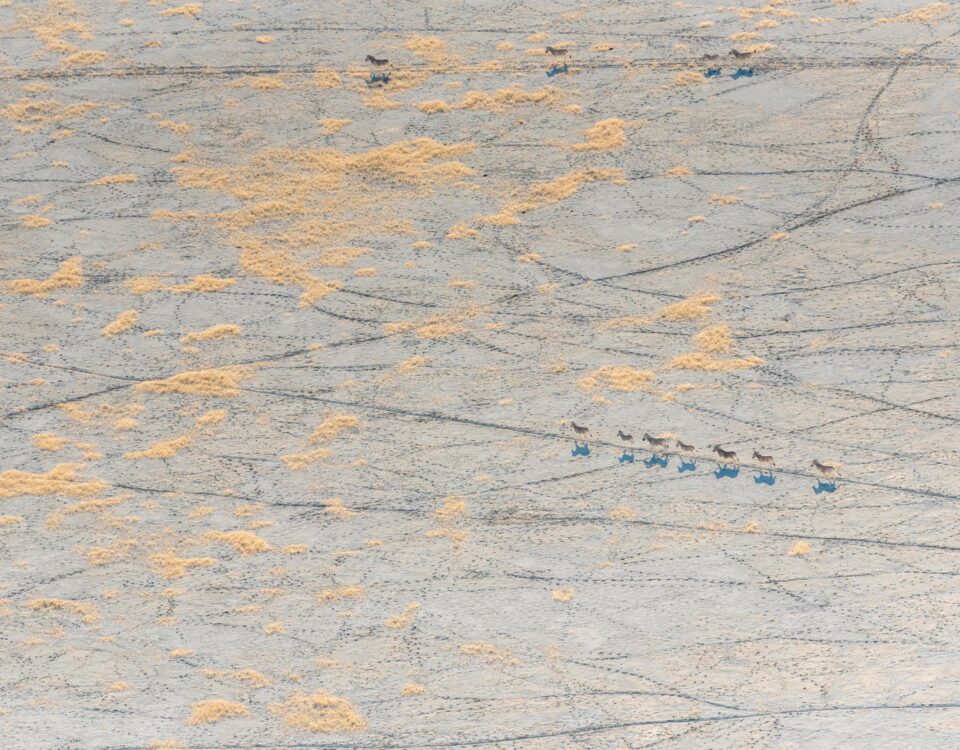
SHOPPING ONLINE WITH CYMOT
August 30, 2019
The World’s Most Epic Wine Route
September 4, 2019
Laurent Hesemans is a Namibian filmmaker and photographer based in Windhoek. With a love for nature stemming from his childhood growing up near Sossusvlei, Laurent is passionate about exploring Namibia through his camera. He studied animation, editing and visual effects at AFDA film school in South Africa, and, together with his wife Liberty and friend Renier de Bruyn, runs Endemic Productions, a Namibian production company.
“Growing up in the desert I had a love for insects and reptiles and nature in general very early on, and as soon as photography became affordable for me, I became passionate about uniting those two worlds. One of my favourite aspects of photography is being able to reveal things that are hidden – and macro is an incredible way to get a closer look at the world around us.
I started out with a Nikon D100 which I received second-hand from my mother. These days, I use a Nikon D5300 and sometimes a Sony A7sii. For my macro work, I mostly use a 105mm macro lens with a diopter lens attached. Sometimes, to get a little bit closer to my subjects, I will also use reversed stacked lenses – mostly a 400mm with a reverse 20mm attached. Whenever I can I use a micrometric sliding plate to get good focus stacks. For astrophotography, I use a sky tracker to achieve better results.
What I love about macro stacking techniques is the technical aspect of it: mastering difficult and new techniques, and constantly trying to improve on them. Focus stacking is unique because you’re not just aiming for a perfect shot, you also need a sequence of well-lit and well-composed images with which to create your final shot – so all of them have to be almost identical, moving closer to your subject in increments of a fraction of a millimetre. It is also challenging because much of what I photograph is in the wild, and getting my subjects to remain motionless is almost impossible!
The Namib seems so empty, but when you look closer – there’s so much life for a photographer. My perfect day is walking around the dunes and plains around Sossusvlei, finding tiny creatures in the vast desert.”
This article was first published in the Spring 2019 issue of Travel News Namibia.
LEFT ROW TOP TO BOTTOM
• Horned adder (Bitis Caudalis), Sossusvlei 105mm, ISO 200, f/4.5, 1/250 sec
• Namib sand snake (Psammophis Namibiensis), Sossusvlei 105mm, ISO 200, f/4, 1/640 sec
• Western honey bee (Apis Mellifera), Remhoogte Pass 105mm+Raynox 250, ISO 500, f/6, 1/800 sec
CENTRE ROW TOP TO BOTTOM
• Palystella Sexmaculata Sossusvlei 105mm+Raynox 250, ISO 2000, f/6, 1/250 sec
• Robust burrowing scorpion (Opistophthalmus Carinatus), Namib-Naukluft Park 105mm+Raynox 250, ISO 2000, f/8, 1/200 sec
RIGHT ROW TOP TO BOTTOM
• Crab spider with prey (Genus Thomisius), Aurora Western Cape 105mm ISO 200 F3.2 1/160 sec
• Namib sand gecko (Pachydactylus Rangei), Sossusvlei 105mm+Raynox 250, ISO 1600, f/6, 1/320 sec


